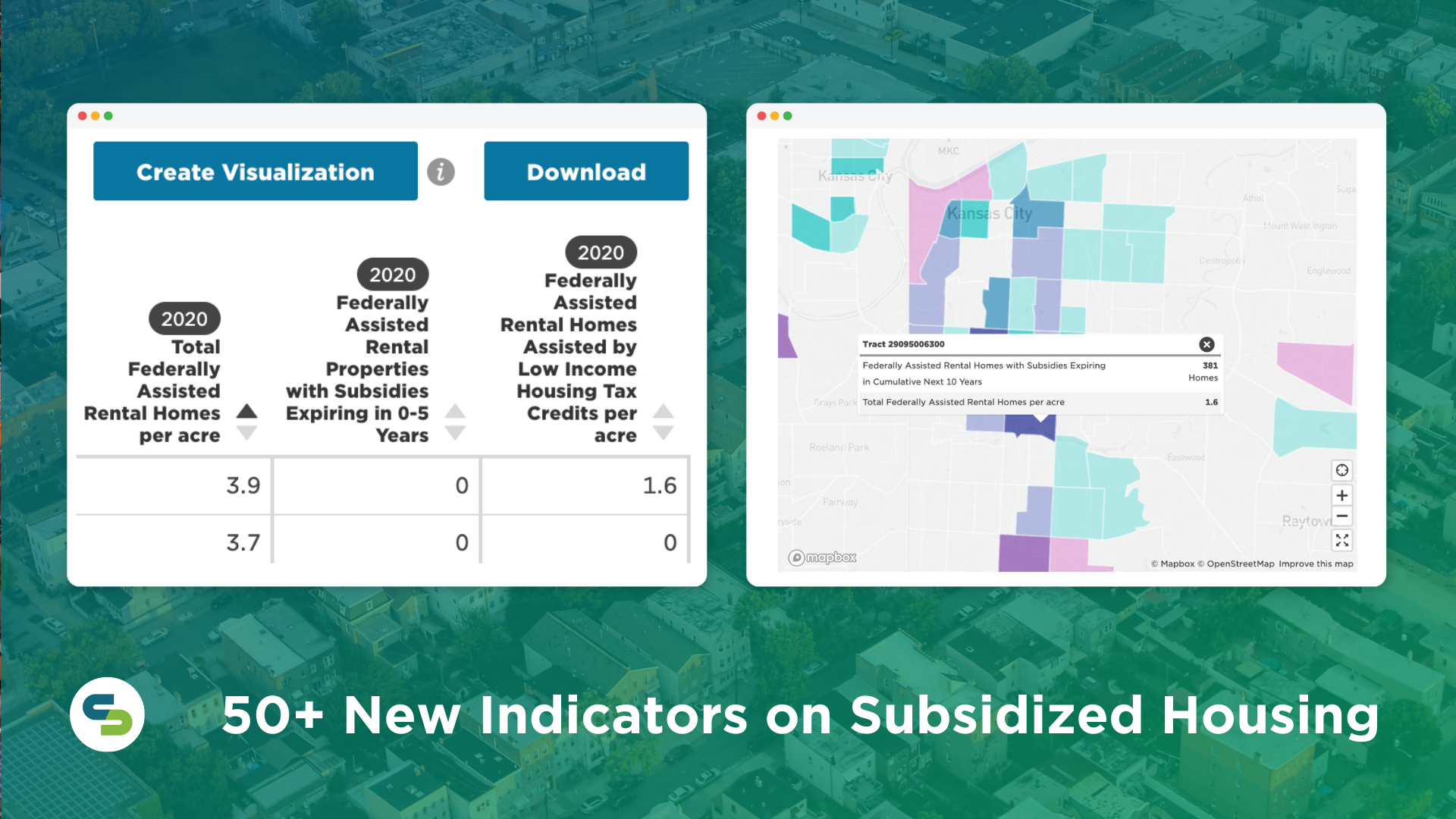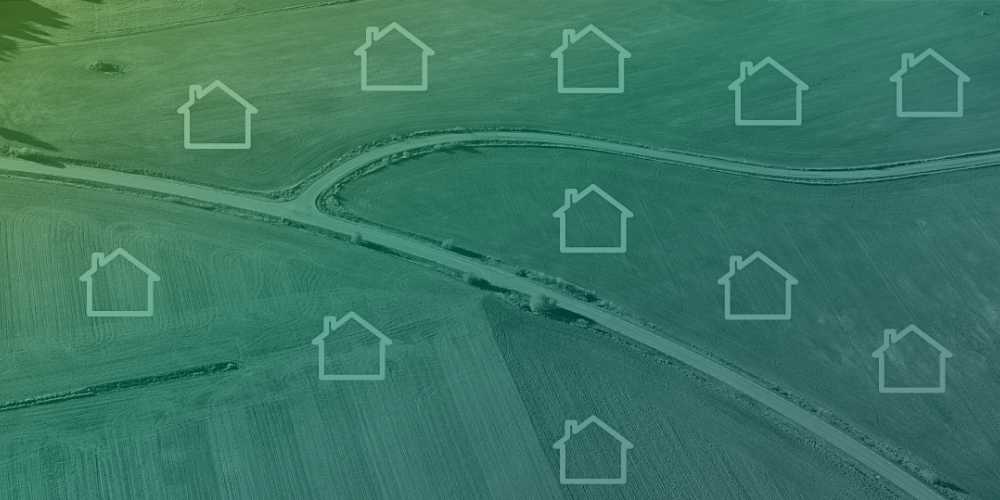Why The New HUD Rule Change Is a Mission Critical Problem
On July 23rd, 2020, HUD Secretary Ben Carson terminated the 2015 Affirmatively Furthering Fair Housing (AFFH) assessment rule.
This rule helped ensure people of all protected classes had access to quality, affordable homes by requiring HUD applicants to complete fair housing assessments (AFH) and implement plans that removed impediments to housing in the region.
These regulations have helped ensure communities invest in historically concentrated areas of poverty and diversify American suburbs, leading to greater opportunities for more people.
However, in a statement announcing the rule change, Secretary Carson called the assessment and planning process “unworkable and ultimately a waste of time.” Carson hopes that by removing the assessment and reporting requirements, grantees will not be “forced to comply with complicated regulations that require hundreds of pages of reporting.”
Simply put, Secretary Carson is opting for a rubber stamp approval process. Instead of helping cities work toward fair housing, HUD will now hand out millions of dollars without requiring a clear plan to ensure fair and equitable access to quality, affordable housing. And the reason for the change? The answer is anything but clear.
“In this context, “further” is used as a verb. According to the Merriam-Webster Dictionary, to “further” is “to help forward.” In seeking to further an objective, one acts to help it forward. Accordingly, HUD defines “further” to mean “promote.” Similarly, Ballentine’s Law Dictionary defines “affirm” verbatim as the following: “[…]to confirm or ratify a statement, belief, opinion, decision or judgement…” Accordingly, in this rule, HUD determines that an AFFH certification will be deemed acceptable if the grantee has taken some active step to promote fair housing.”
– Preserving Community and Neighborhood Choice, Office of Fair Housing, HUD
In HUD’s stunning use of dictionaries, they have affirmatively gutted AFFH and furthered (or “helped forward”) long-standing segregation patterns in American communities.
How do we know this? Because the old systems of regulating AFFH didn’t work. In a review of HUD’s 1994 AFFH process, where HUD grantees were required to only complete Analyses of Impediments (AI), the US Government Accountability Office found that:
- 29% of submissions were outdated
- 11% were outdated by more than 15 years
- Over 5% of grantees never submitted at all despite receiving HUD funds
- Of the up-to-date submissions, most “did not include time frames for implementing their recommendations or the signatures of top elected officials”
- Regional HUD offices often displayed “critical deficiencies” in their duties to review and assess work
The issue was, there was no reliable way to ensure that fair housing guidelines were being followed. Identifying impediments and stating actions did not lead to real results. Consequently, housing segregation and concentrated areas of poverty were largely unaddressed in the 90s and 2000s.
Ultimately, the US Government Accountability Office recommended that HUD needed to use regulation to ensure grantees were actually furthering fair housing in their communities.
The 2015 rule was designed to address exactly that. It removed ambiguity around how to advance fair housing, and it mandated that local governments create and implement a plan every year. Now, without it, we will revert to a system worse than even the 1994 rule. Communities will have no incentive to assess fair housing, let alone implement plans.
The money is nearly guaranteed either way, ensuring fair housing will inevitably decline across the United States.
But there are even more ways HUD makes AFFH difficult. When the 2015 rule was enacted, there was a push to provide free, online data tools to communities needing to complete their fair housing assessments. These tools were designed to help grantees identify concentrated areas of poverty, segregation, housing problems, and other issues. Today, however, the GIS maps, like this one, are based on outdated infrastructure and are rarely maintained. The most current data available is now ten years old, and the included visualizations are point aggregations that are cluttered and confusing.
When Secretary Carson calls the 2015 rule “unworkable and ultimately a waste of time,” he may be referring to the thousands of complaints communities have levied against these outdated tools. And with this new rule change, we likely will not see an update to these systems for some time. It is clear that HUD will not be helping communities understand fair housing issues for the foreseeable future.
But there is hope. Communities can still volunteer to keep the spirit of the 2015 AFFH rule. HUD grantees that have built networks in their regions to coordinate fair housing efforts, can transform federal regulation into local policies. This is where we want to help.
mySidewalk's mission is to democratize data and help change-makers. We believe that everyone deserves quality, affordable housing. And we know that persuasive policy starts with data.
That's why we've decided to offer free Fair Housing Assessments to our customers and partners, and a Demographics Overview for anyone who wants one.
Powered by the mySidewalk platform’s modern data infrastructure, these assessments help give you the insights you need to advance fair housing. The reports are packed with analyses, maps, and charts that are always updated with the latest information. The technology is virtual, mobile-friendly, and accessible to anyone.
The mySidewalk platform enables organizations to share their fair housing assessments on social media, imbed on their websites, or print to pdf.
And unlike the HUD’s toolset, they're formatted in a way that's easy to understand, so you can quickly get the facts you need and gain insights.
The assessment covers the following topics required in the 2015 rule:
- A full demographic overview highlighting the changes in the region.
- A housing overview detailing the differences in owner vs. renter occupied units.
- An analysis of ongoing segregation, or lack of integration from 1990 to today.
- The identification and visualization of racial or ethnic concentrations of poverty (R/ECAP).
- Analysis of significant disparities in access to opportunity including in health, education, transportation, and economic opportunities.
- Disproportionate housing disparities based on race, national origin, sex, familial status, or disability, including
- Cost burden and severe cost burden (paying more than 30% of income on housing).
- Overcrowded housing (more than one person per room).
- Substandard housing conditions (unfinished kitchen, plumbing, vacancies, etc.)
If you’re a mySidewalk customer and are interested in a free, customized report, please reach out to your Account Manager.
If you’re new to mySidewalk, schedule a demo, or request your Demographics Overview report.
Share this
You May Also Like
These Related Stories

Locate Your Community's Affordable Housing with Data from the NHPD

Seeing 20/20: How Indiana Makes Clear Investments into Affordable Housing


No Comments Yet
Let us know what you think